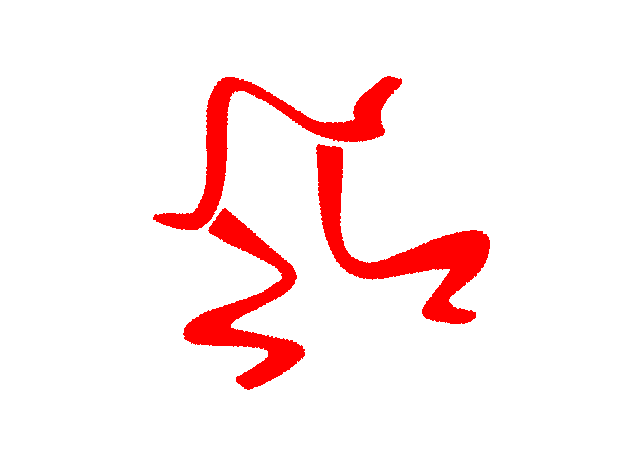

STORM-OV, Inc
Making a Difference Everyday

A Non-Profit Orginization
Utilizing our resources in a responsible manner, to balance our needs and that of Nature's, in achieving the full potential of "Oasis Valley".
Our Mission, is to apply our Knowledge, Expertise, and Practices in Rehabilitation, Creation and Management of the Amargosa Toad's Environment in keeping it from becoming, "Listed as Endangered".
Who we are and what we do....
-
We Create Habitat for the "Amargosa Toad" and all other Wildlife.
-
Natural Spring Rehabilitation.
-
Noxious & Invasive Weed/Tree Removal.
-
Create a Safe Haven for Migratory Birds.
-
Provide Education on Habitat & the Co-Existence of Off-Road Racing, Ranching & Mining, and how they work together.

Amargosa Toad
"Bufo Nelsoni"
Amargosa Toad
From Wikipedia, the free encyclopedia
Conservation status Endangered (IUCN 3.1)
Scientific classifications
Kingdom: Animalia Phylum: Chordata Class: Amphibia Order: Anura Family: Bufonidae Genus: Bufo Species: B. nelsoni
Binomial name: Bufo nelsoni Stejneger, 1893
Synonyms: Bufo boreas ssp. nelsoni Stejneger, 1893 Anaxyrus nelsoni
The Amargosa toad (Bufo nelsoni) is a species of toad in the Bufonidae family. It occurs only in the United States. Its natural habitat is in the Oasis Valley of Nevada, along a 10-mile stretch of the Amargosa River and upland springs. It is threatened by habitat loss.
TOAD FACTS:
-
Habitat Location:
-
The only known Habitat of the Amargosa Toad is located in Oasis Valley in Beatty, NV.
-
A 10 Mile Stretch of Natural Springs and Pastures.
-
Along the Amargosa River, an underground river.
-
Lifespan:
-
Adults may live 9 to 12 years.
-
Size: The Female Toad is Larger than the Male Toad.
-
The Female ranges from 3.5" to 5" inches in size
-
The Male tends to be smaller at 3" to 4" inches.
-
Feeding Habits:
-
Eats Insects, and Invertebrates. The Amargosa Toad prefers to eat at night along the waters edge.
-
Although they have been seen to eat under artificial lighting such as street lights as well.
-
Breeding:
-
Breeding Toads can start as early as February, if it is warm weather, and continue throughout the summer months.
-
Females can lay 1,000 up to 5,000 eggs in a single clutch.
-
Eggs are laid in tubular shields and take up to 1 week to hatch into Tadpoles.
-
Tadpoles take about 4 weeks to transform into Toadlets.
-
Little Known Facts
-
The Amargosa Toad does not croak nor ribbet like Frogs.
-
The Amargosa Toad does not like the wind.
-
On a windy night, you are not likely to find a toad out feeding.
-
Does not like cold weather, slow moving in cold weather, our friend likes to wait until things warm up.
-
Prefers Shallow water to breed in.

Working Partnerships

When a university biologist studying the Amargosa toad (Bufo nelsoni) concluded in 1994 that only 32 adult toads remained in the Oasis Valley of southern Nevada, a petition to list this amphibian as an endangered species soon followed. During the subsequent 12-month status review, intensified survey efforts located hundreds of toads at other sites in the area. Based on these discoveries and commitments by land managers to initiate actions to conserve the toad, the Fish and Wildlife Service (FWS) determined that listing the Amargosa toad as endangered or threatened was not warranted.

Amargosa Toad Surveys -
Brian Hobbs, NDOW
Amargosa Toad Surveys - Brian Hobbs NDOW

NRCS -Amargosa Toad Conservation Practices

USFWS - Article
The "Ripple Effect"
STORM-OV, Inc is dedicated to preserving the natural habitat for the Amargosa Toad. From Creating Habit Pools, to Noxious Weed/Tree Removal promotes the clearing of waterways, providing more water for habitat for all wildlife and riparians. Oasis Valley has been listed by the National Audubon Society as an IBA -"Important Bird Area" - for migration as an important resting and feeding by providing rare and essential habitat, creating an exceptional diversity of migratory and resident birds.
Join us in our mission to create a sustainable environment for these endangered species while extending the Ripple Effect to all wildlife.
